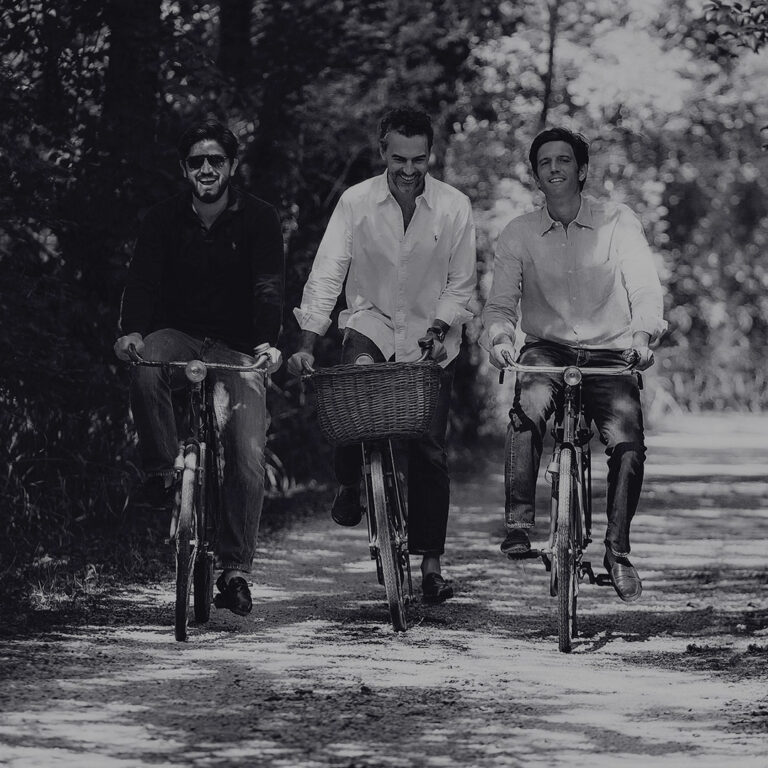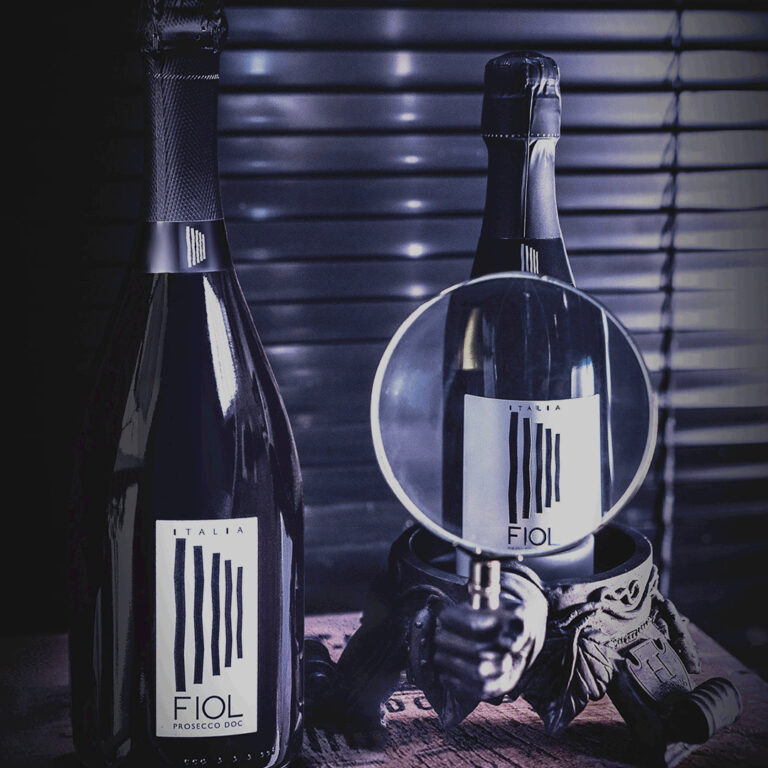
A Sip of Italy: Unraveling the Origins of Prosecco
Originating from the northeastern region of Italy, Prosecco finds its roots in the picturesque landscapes of Veneto and Friuli Venezia Giulia. The tale of this bubbly elixir can be traced back centuries, where the lush vineyards and the passionate winemakers have woven a story that continues to captivate palates worldwide.
The first documented records of Prosecco date back to the early 16th century. Back then, the locals referred to it as “Prosecco wine” due to the Glera grape variety used in its production, which was commonly known as “Prosecco” in the region. The wine quickly gained popularity, especially in the villages of Conegliano and Valdobbiadene, where the terroir’s unique characteristics bestowed upon it a delightful balance of fruity aromas and vibrant acidity.

By the late 19th century, the Prosecco phenomenon had peaked, becoming a cherished sparkling wine not just within Italy but beyond its borders. However, it wasn’t until the 1960s and ’70s that Prosecco experienced a true renaissance, thanks to advancements in winemaking techniques and the establishment of the Prosecco DOC (Denominazione di Origine Controllata) appellation system.
Today, Prosecco is much more than a regional delicacy; it’s a global icon of celebration. Its crisp and refreshing character has won the hearts of people worldwide, making it a popular choice for toasting special moments. Whether sipped on its own or as a base for delightful cocktails, Prosecco’s charm knows no bounds.








